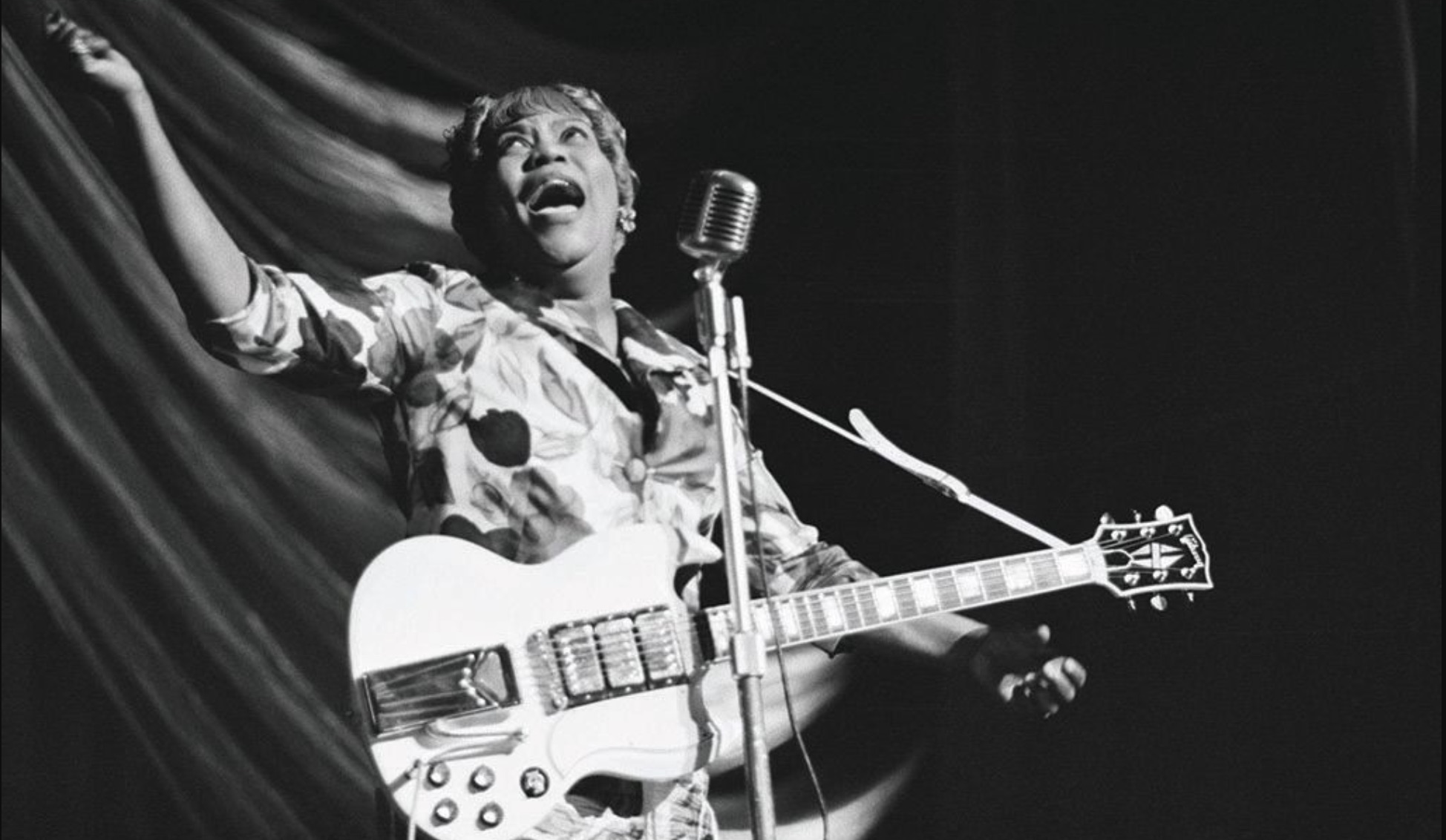“Sister Rosetta Tharpe inspired artists like Elvis Presley, Johnny Cash and Chuck Berry, and helped give birth to rock and roll, soul, and electric blues”: A brief look back at the career of a perennially under-appreciated rock guitar pioneer
With her impassioned voice and twanging double-stop licks, Tharpe imbued her religious tunes with elements of jazz, blues, and a joyful, hard-driving rhythm

As a singer and guitarist, Sister Rosetta Tharpe did more than anyone to forge a connection between gospel and popular music. With her impassioned voice and twanging double-stop licks, she imbued her religious tunes with elements of jazz, blues, and a joyful hard-driving rhythm.
In doing so, she inspired artists like Elvis Presley, Johnny Cash, and Chuck Berry, and helped give birth to rock and roll, soul, and electric blues.
Gospel origins
Born on March 20, 1915, in Cotton Plant, Arkansas, Tharpe began playing guitar at the age of four. She traveled with her mother, an evangelist in the Church of God in Christ (COGIC), and they eventually settled in Chicago, where Tharpe was exposed to blues and jazz. She began performing at the Roberts Temple COGIC, where she became the star attraction at age six.
New York City, and defying convention
After a failed marriage to a preacher named Tommy Tharpe (some accounts say Thorpe). Tharpe moved to New York City and landed a gig at the Cotton Club, where she sang risqué songs, displeasing her many churchgoing fans.
Rock Me
In 1938, she signed with Decca Records, which saw novelty in a gospel singer who sang racy tunes. Her first hit was Rock Me, a hymn she sang as a straight love song. Tharpe followed it up with the raunchy hit I Want a Tall Skinny Papa, scandalizing the church further. The controversy convinced her to focus on gospel songs, which she delivered in her own upbeat way.
Tharpe's gear
By age 25, Tharpe was a pop star, having established herself as a stylistically distinctive singer and guitarist in a male-dominated industry. She played several guitars over the years, including a 1929 Gibson L-5, 1931 National Triolian, Gretsch G117 Double Anniversary, and a Gibson Les Paul goldtop with P90s. In the ’60s, she adopted a white 1961 Gibson SG/Les Paul Custom.
Shaping the future of the blues
In 1964, Tharpe joined Muddy Waters and other blues artists on the American Folk Blues Festival that toured Europe, where she undoubtedly influenced future electric blues guitarists. A film clip exists of her performing a thrilling rendition of Didn’t It Rain on a train station platform in Manchester, England.
All the latest guitar news, interviews, lessons, reviews, deals and more, direct to your inbox!
A career cut sadly short
Tharpe’s career was curtailed by a stroke in 1970, and one of her legs had to be amputated due to diabetes. She succumbed to another stroke on October 9, 1973, in Philadelphia. Though Sister Rosetta Tharpe’s contributions to popular music went unrecognized in her lifetime, she is rightly celebrated today as the Godmother of Rock and Roll.
Guitar Player is the world’s most comprehensive, trusted and insightful guitar publication for passionate guitarists and active musicians of all ages. Guitar Player magazine is published 13 times a year in print and digital formats. The magazine was established in 1967 and is the world's oldest guitar magazine. When "Guitar Player Staff" is credited as the author, it's usually because more than one author on the team has created the story.
